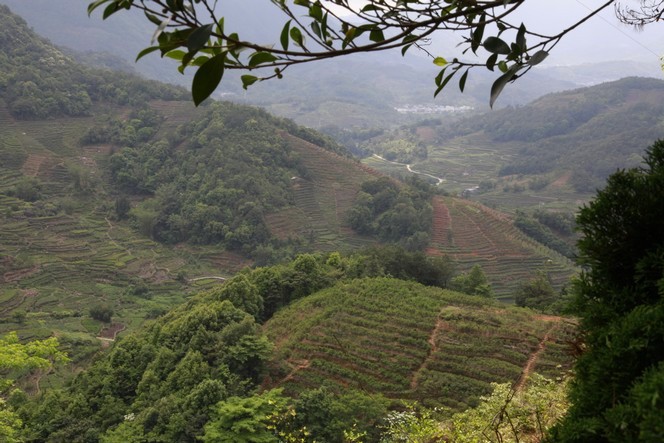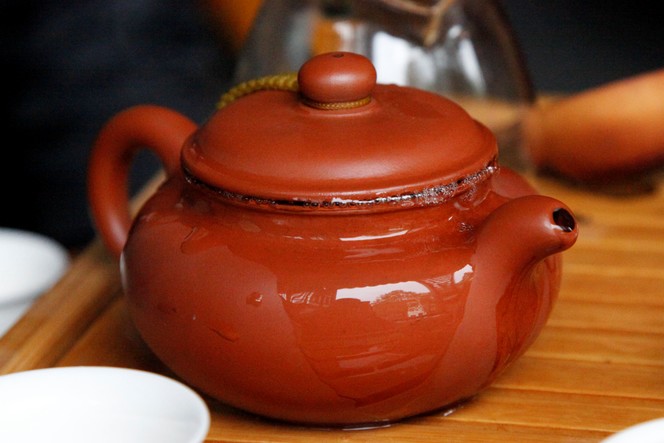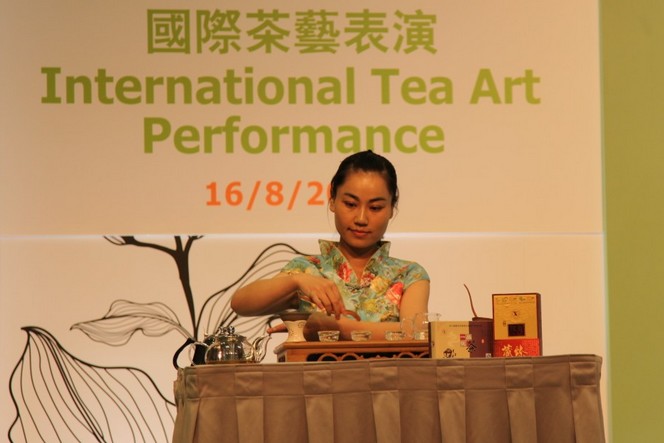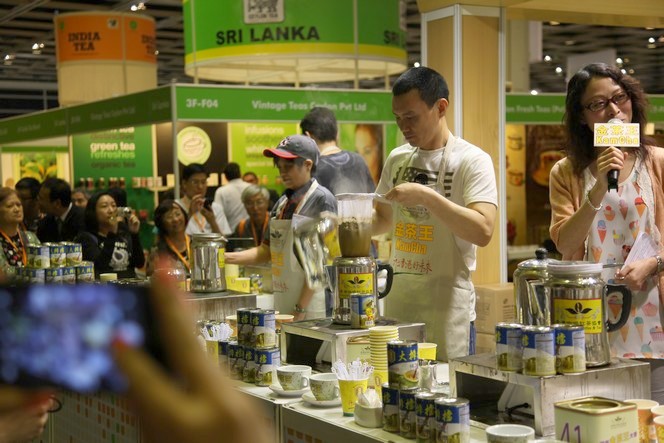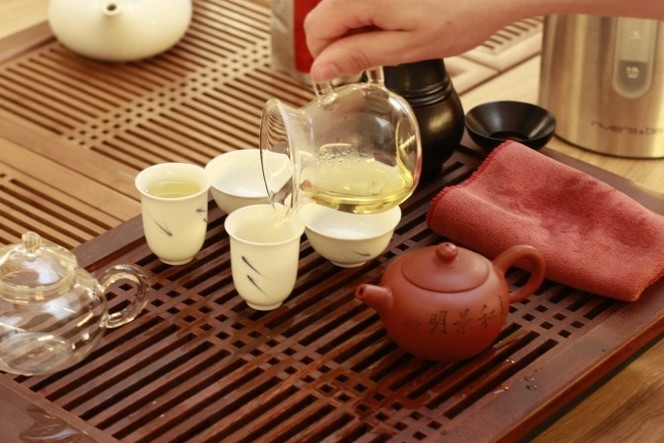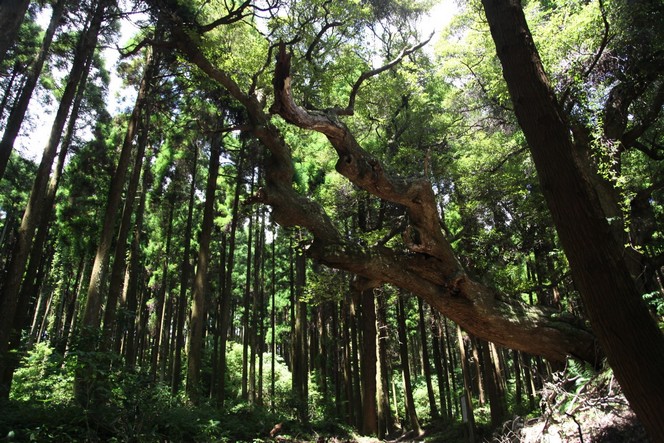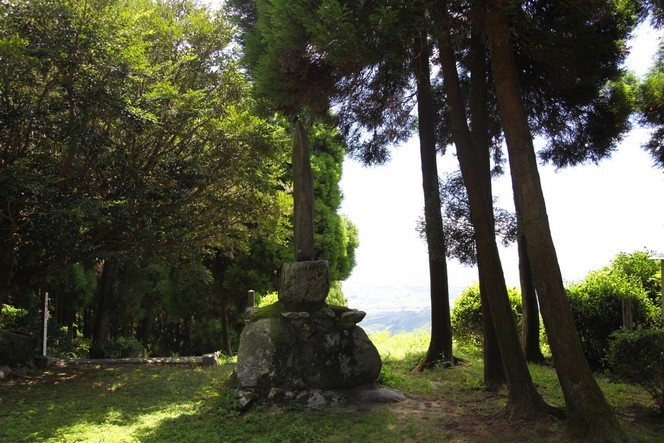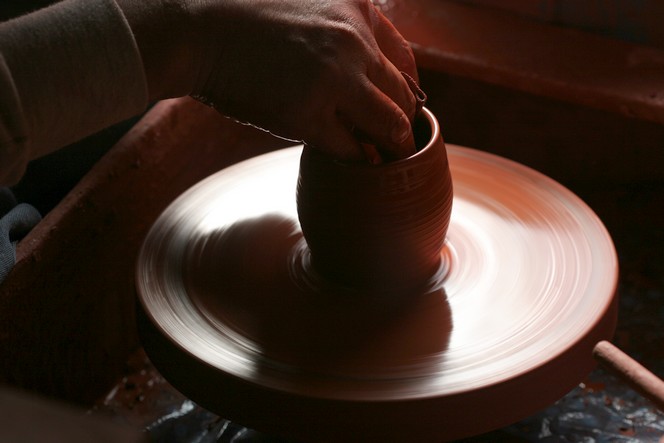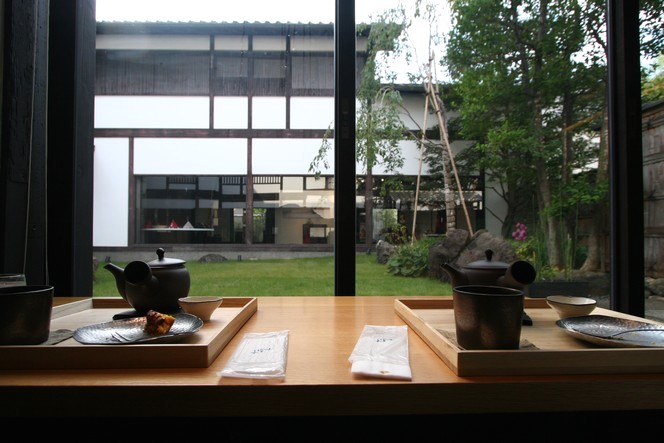Have you ever tasted a Dan Cong tea? These famous wu longs are produced in Guangdong province (China), in the Feng Huang Shan mountains where I took this photo, facing in the direction of the sea.
ARCHIVE FOR August 2012
A good reason to use a tea boat
When you make tea according to the Gong Fu method, you fill your teapot right to the top, even letting the water spill over to get rid of the scum. Hence the use of the tea boat, the recipient on which the teapot is placed here, which serves as a receptacle.
A show detailling how to prepare tea
Many of you would probably say that you make your tea perfectly well. But can you imagine yourself up on stage, performing under the spotlights while a commentator stands beside you with a microphone, detailing your every graceful move to an attentive audience?
This is exactly what is happening at the moment at the Hong Kong Tea Fair.
Price hike at the Hong Kong tea fair
The Hong Kong tea fair is taking place at the moment, and the context is particularly difficult for western buyers. For the past few years, erratic weather conditions have affected harvests, and the quantities produced have fallen sharply. In addition, production costs, whether in India or China, have risen considerably, as has the cost of sea freight. What is more, the very low value of the euro is pushing up the price of tea, which is generally traded in dollars. On top of all this, in China and India, the world’s two biggest tea producers, the middle classes, which did not exist in the recent past, now represent several hundreds of millions of people, many of whom enjoy drinking good quality teas. They aspired for so long, and now they have the means at their disposal. So in these two countries the domestic markets have expanded massively, and there are plenty of Indian and Chinese tea connoisseurs who are now buying the best teas that used to be reserved for export only. We can understand them, even if it is costly for us.
Swapping the kyusu for the tea boat
As I am leaving Japan for China, I am also swapping the “kyusu” for the tea boat. You pour the tea into the first cup, which is quite narrow. You then empty this cup into the wider one. The smelling cup retains the fragrances of the liquor for a long time and allows you to explore the tea’s bouquet. You drink from the second cup, the tasting cup.
Visiting Japan’s first tea gardens
It is worth visiting Japan’s first tea gardens. These ones were planted on the island of Kyushu, apparently around the 17th century. They are very small gardens, situated on the mountainsides. To visit them you must travel through dense forests, mainly made up of magnificent cryptomeria trees. You walk along a narrow, well-worn path and then, coming across a clearing, you discover a tea garden.
A stele worth a detour on the island of Kyushu
This stele may look unprepossessing, but for fans of Japanese teas it is worth a detour. The stone bears an inscription stating that it was in this place that the monk Eisai, who came from Long Jing in China, planted tea seeds he had brought with him. As for the rest, you can see the outlines of some Camellia Sinensis trees on the right. At the moment I’m on the island of Kyushu, near the city of Saga, where the story of Japanese tea began.
I should also mention that there are a few other similar stelae on the same mountain, bearing roughly the same inscription.
Tokoname, a well-known centre of Japanese ceramics
The Japanese city of Tokoname, situated not far from Nagoya, is one of the best known centres of ceramics. The city is home to well-known potters who work in their own studio, which is sometimes part of their house. Many make the famous “kyusus”, the small teapots that can be slightly flat in shape, with a handle perpendicular to the spout. They are used to make the best Gyokuros, or equally delicious Senchas.
The Zen Kashoin tea room in Kyoto
Tradition and modernity come together in Japan. This mix also applies to tea houses. In a city like Kyoto, for example, which is near where I’m staying at the moment, you will find establishments that are more than two hundred years old, which are really worth a detour. Personally, I like the peace and charm of a comfortable place with clean lines like the Zen Kashoin tea rooms, located in the city centre. There, you can enjoy matcha ice-cream and various pastries, accompanied by your favourite green tea.

